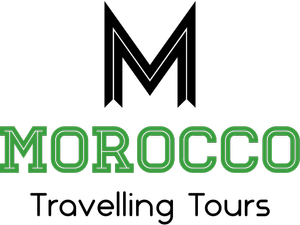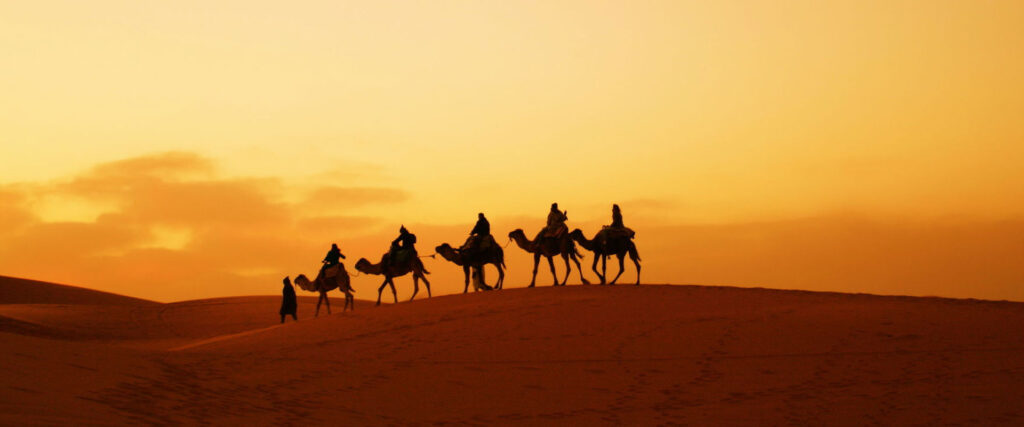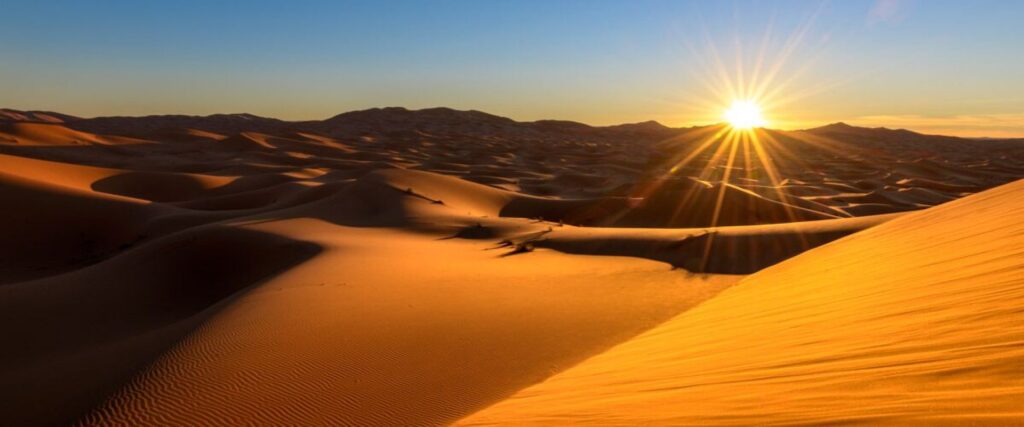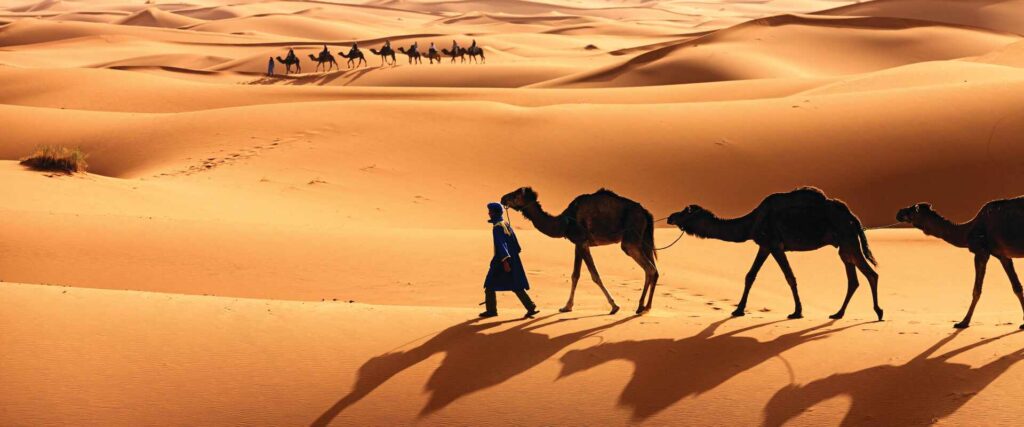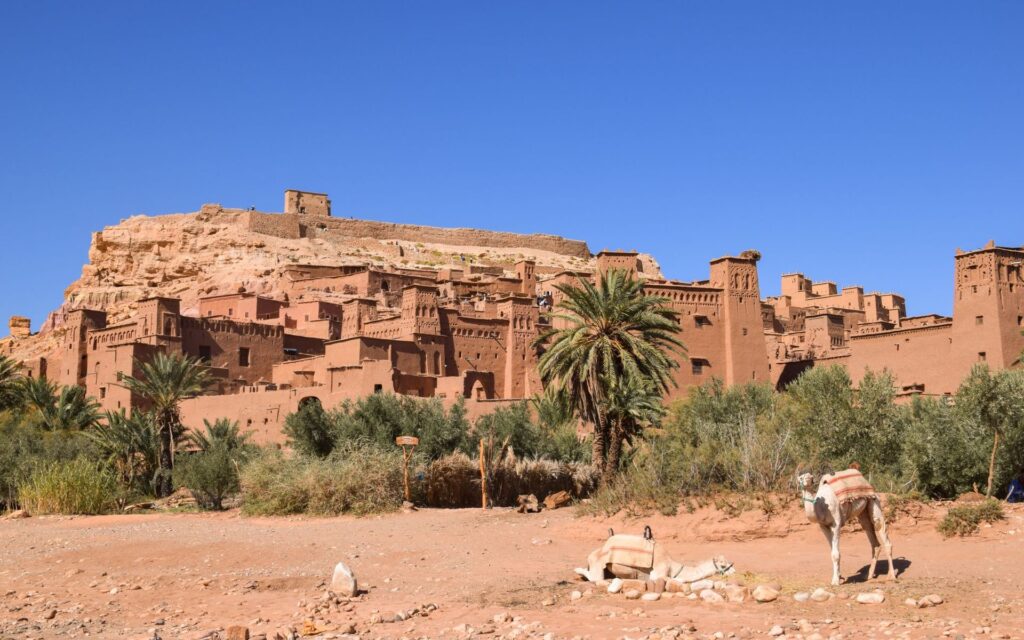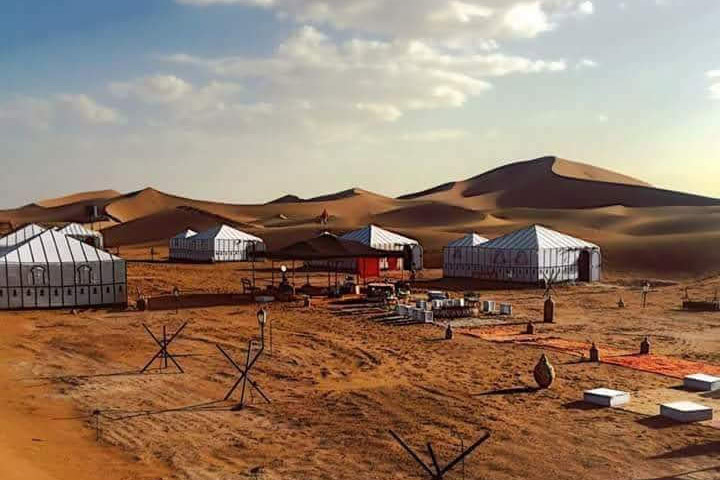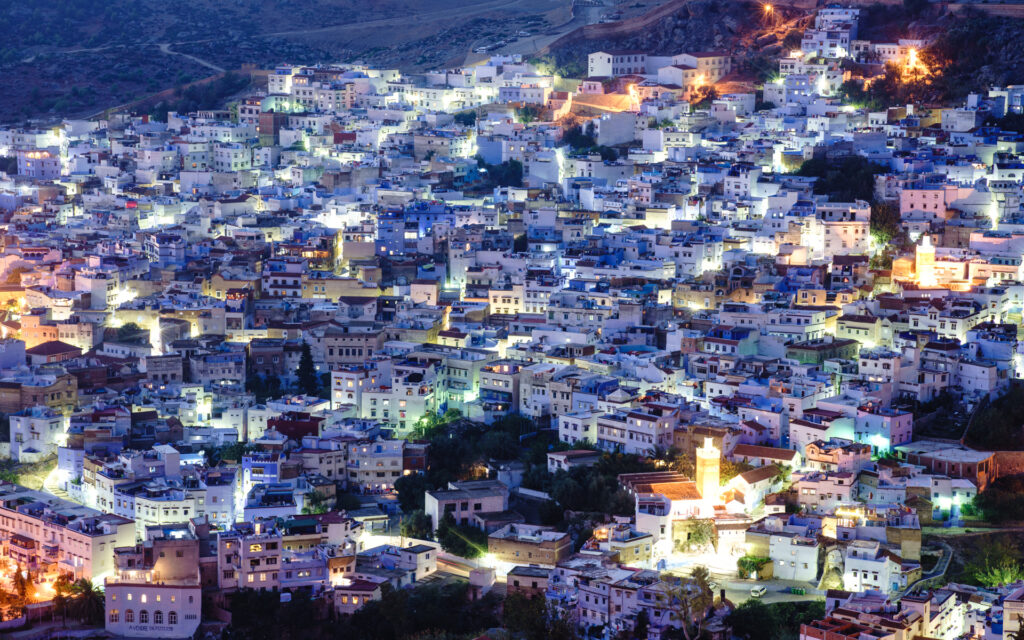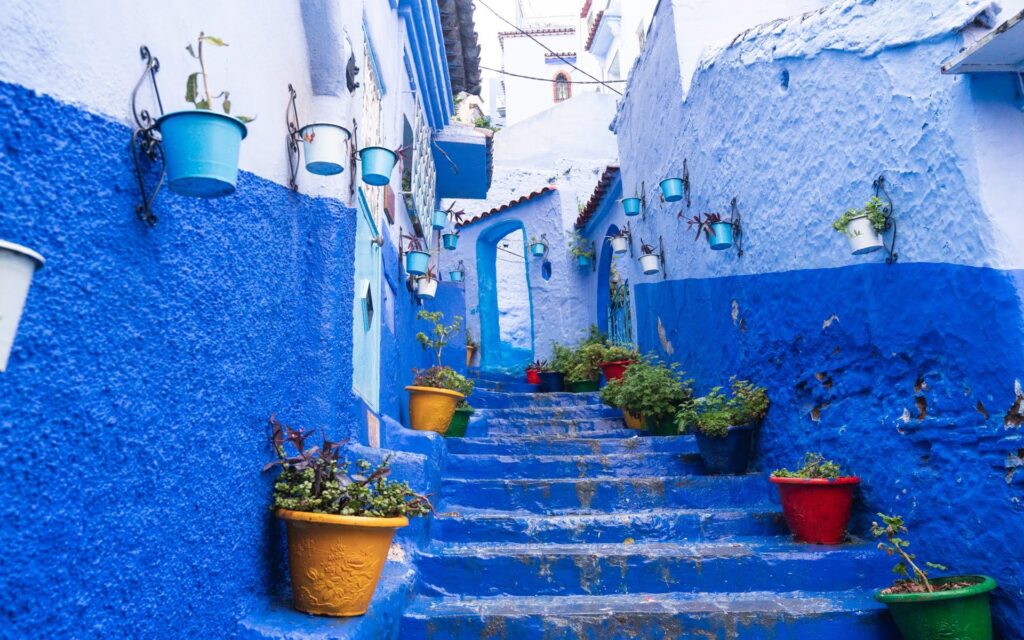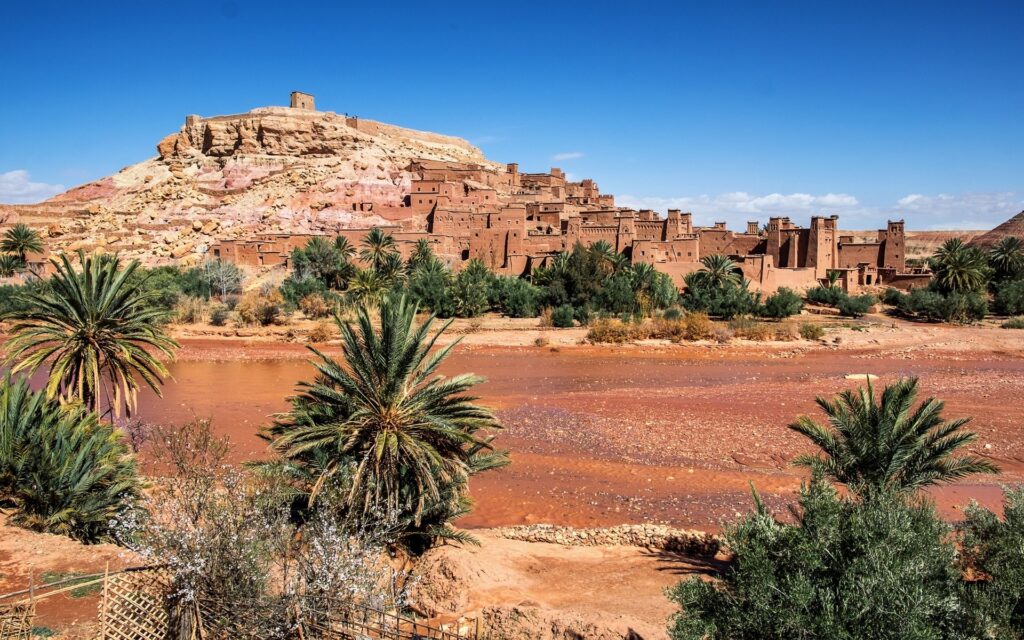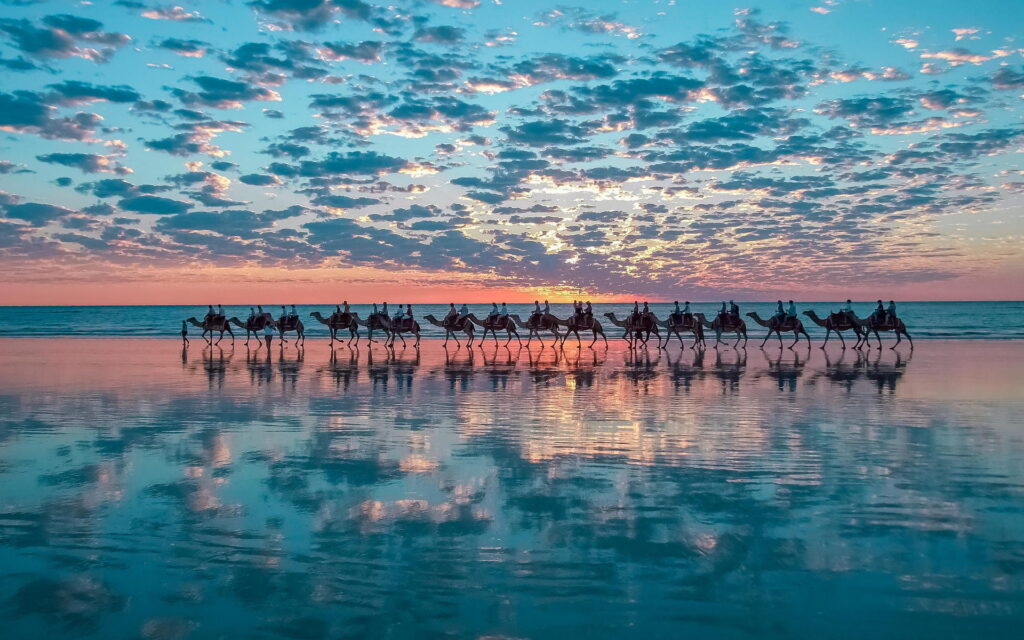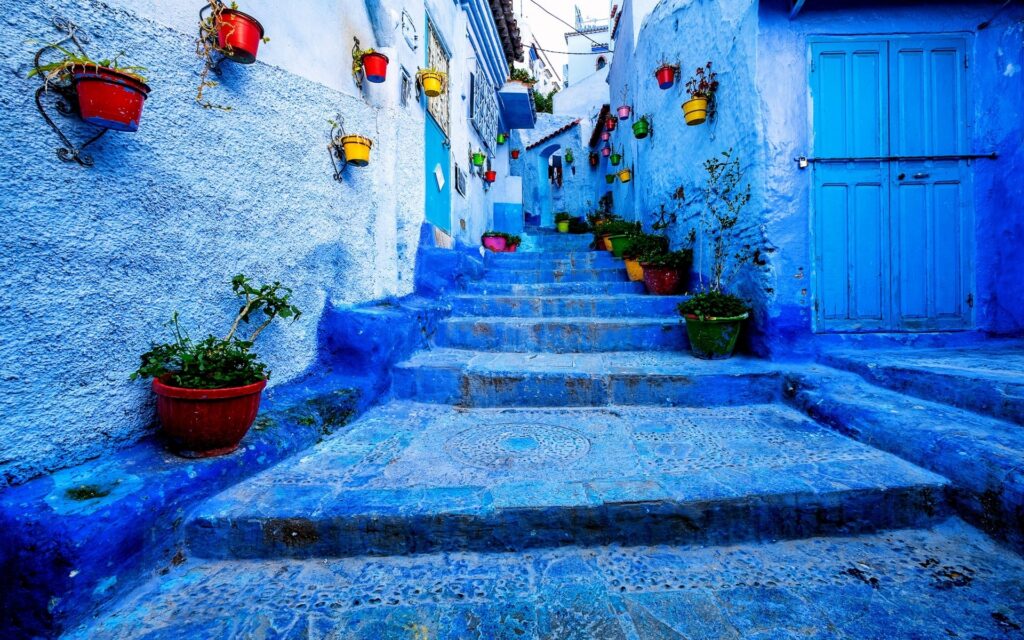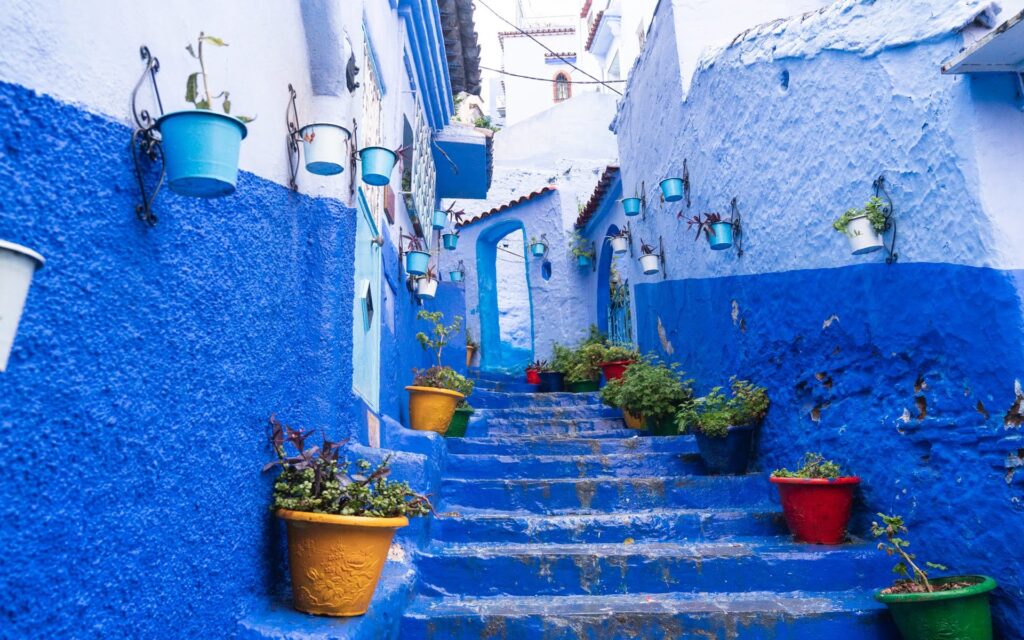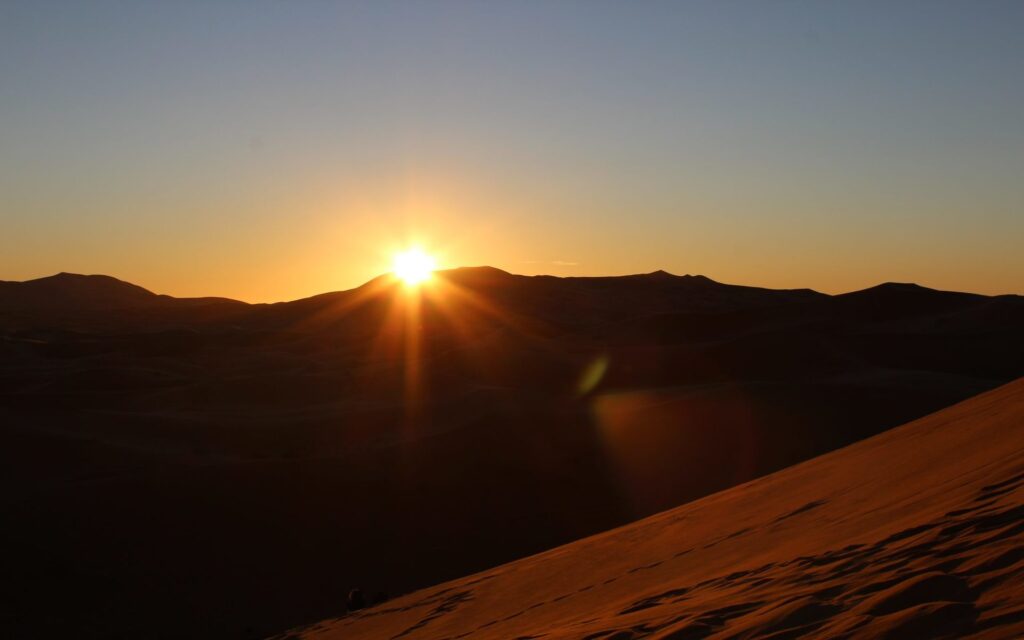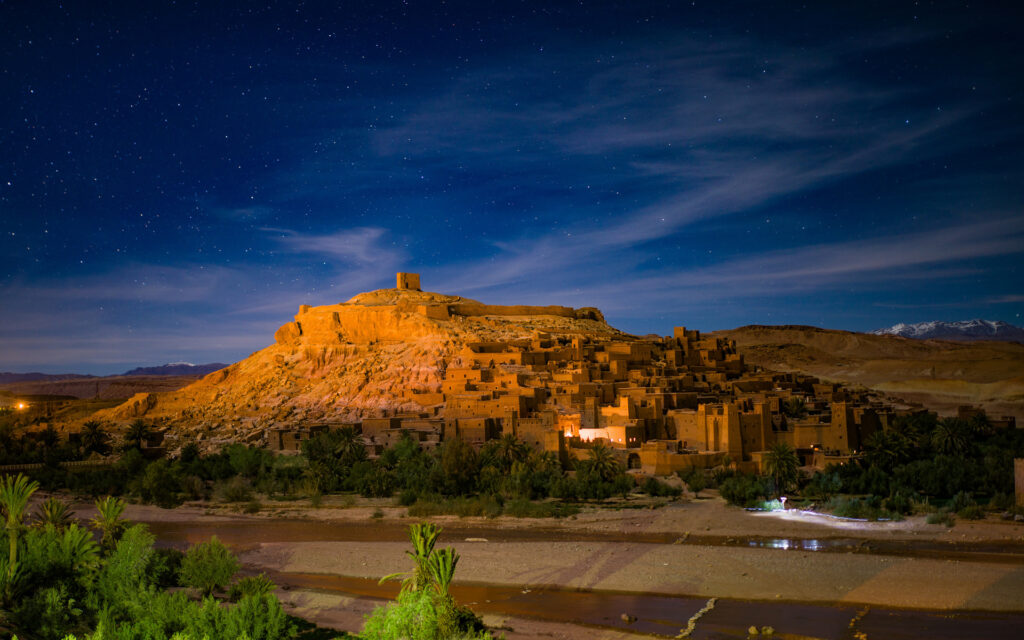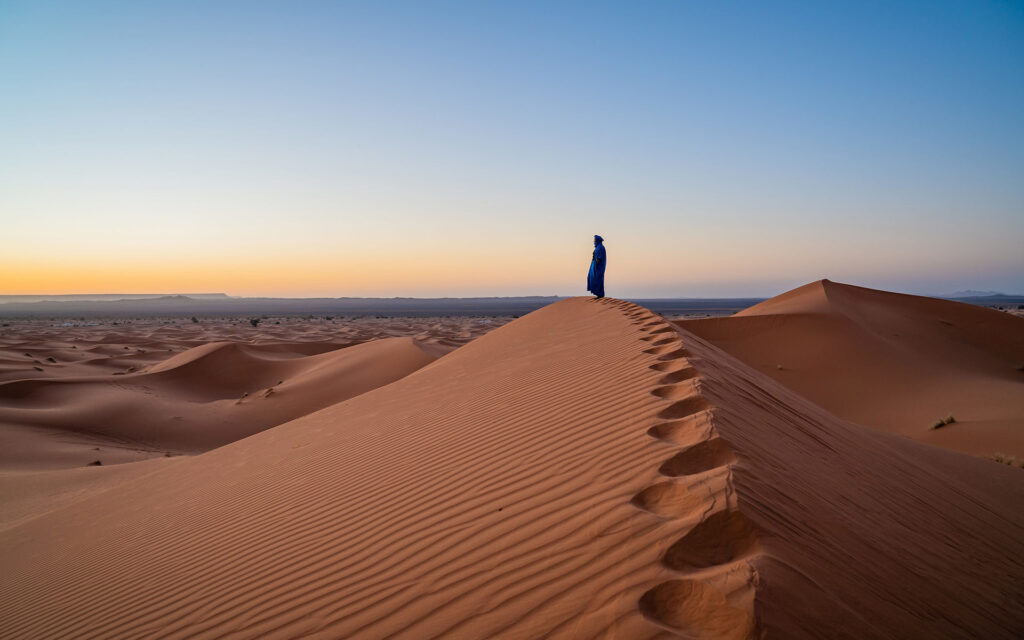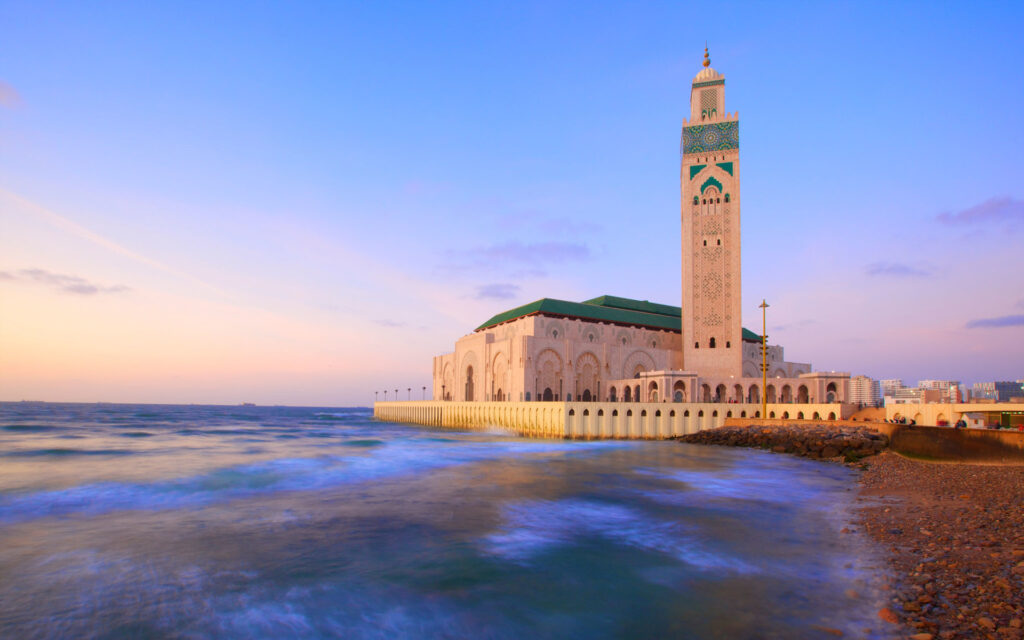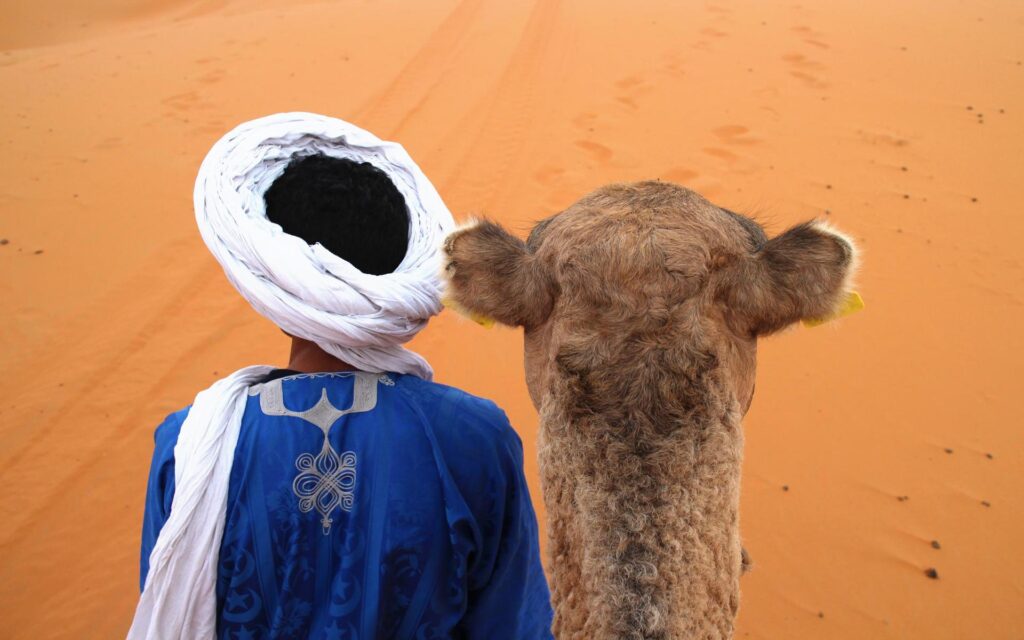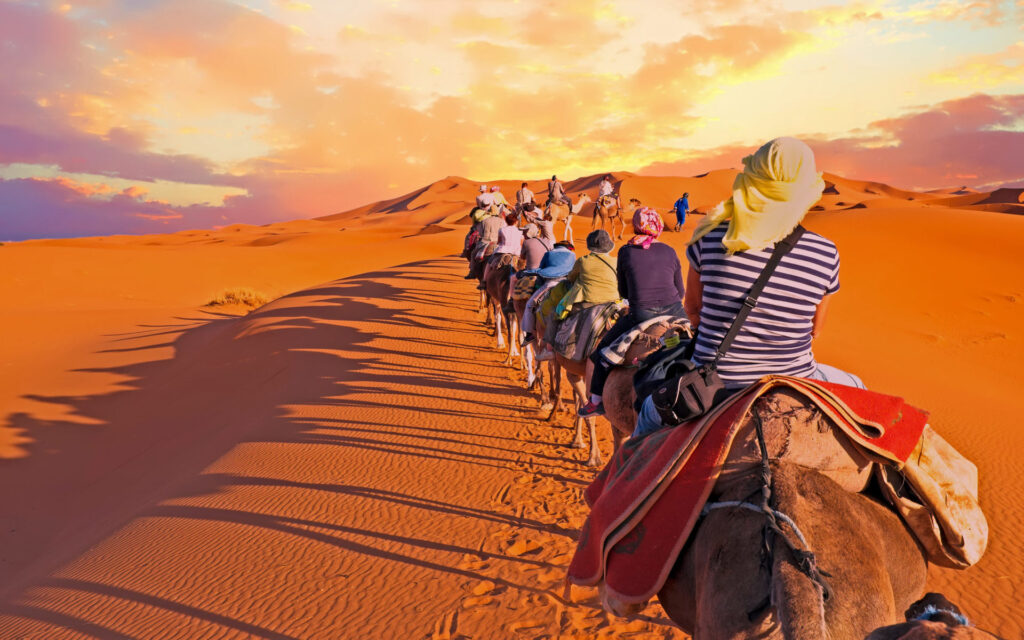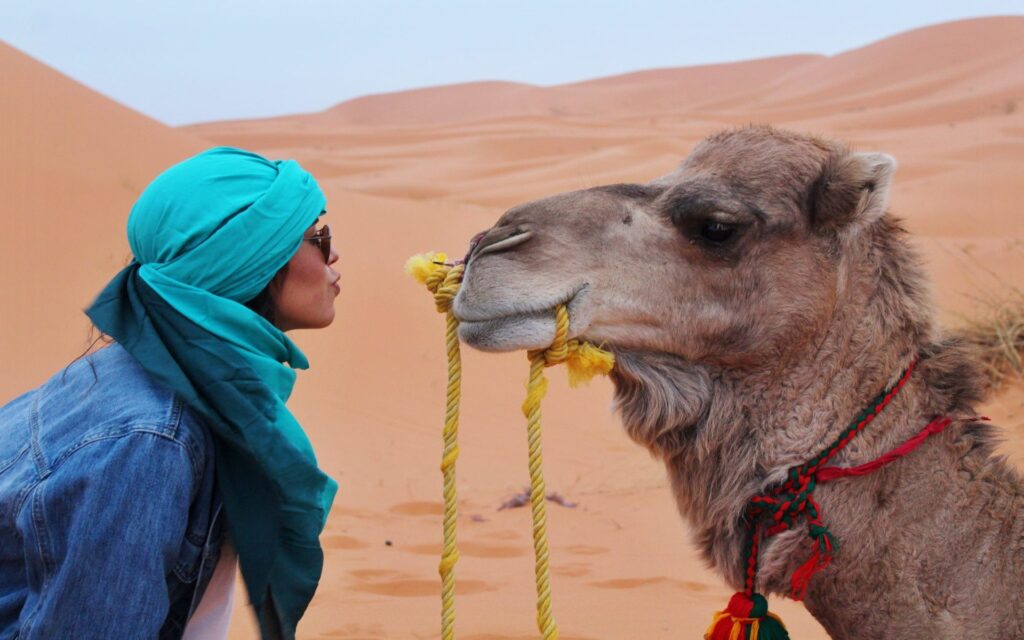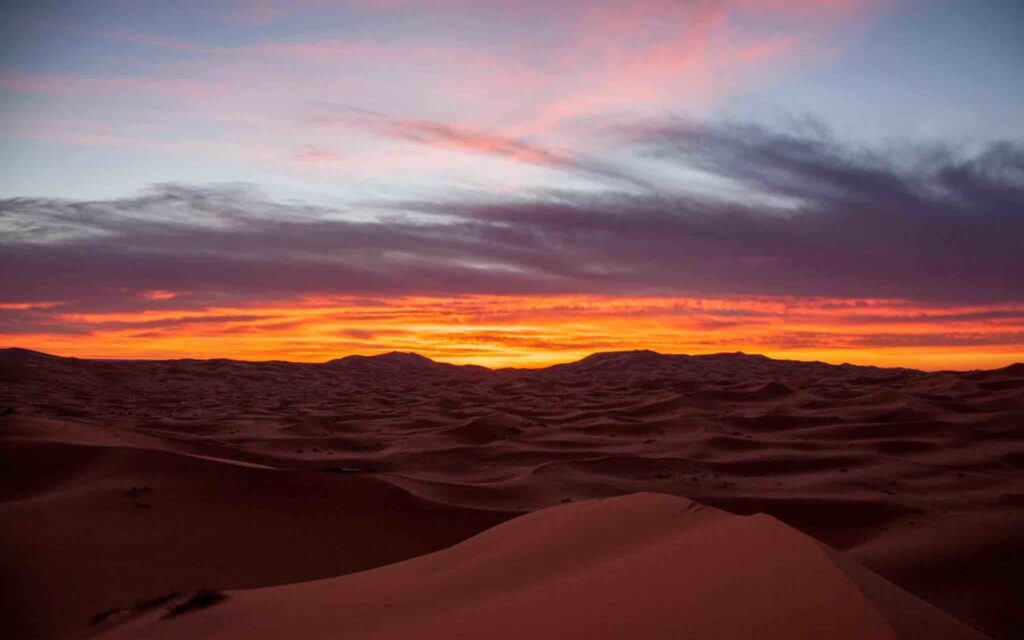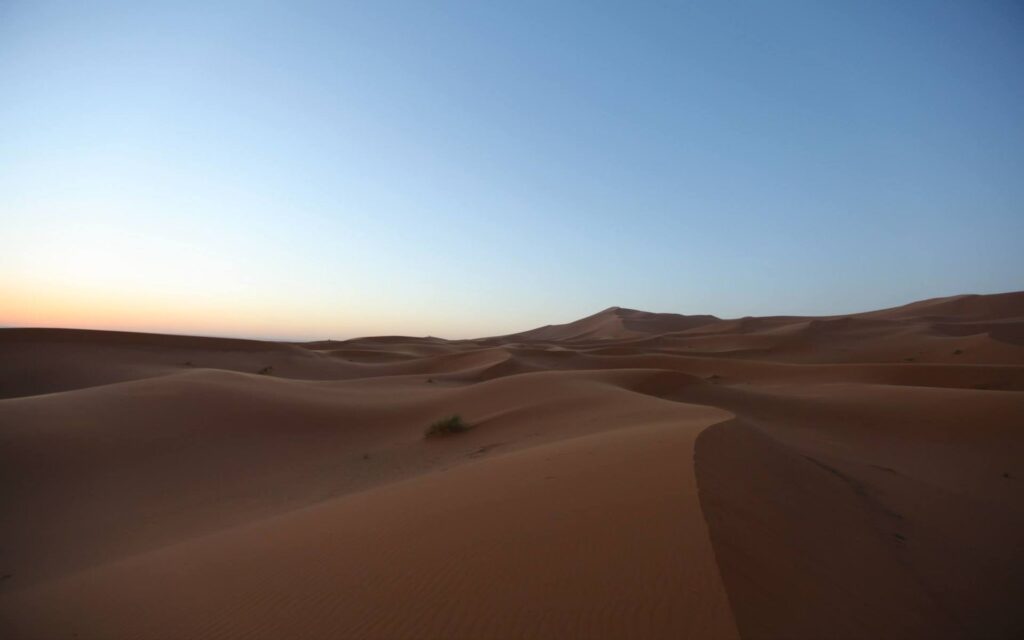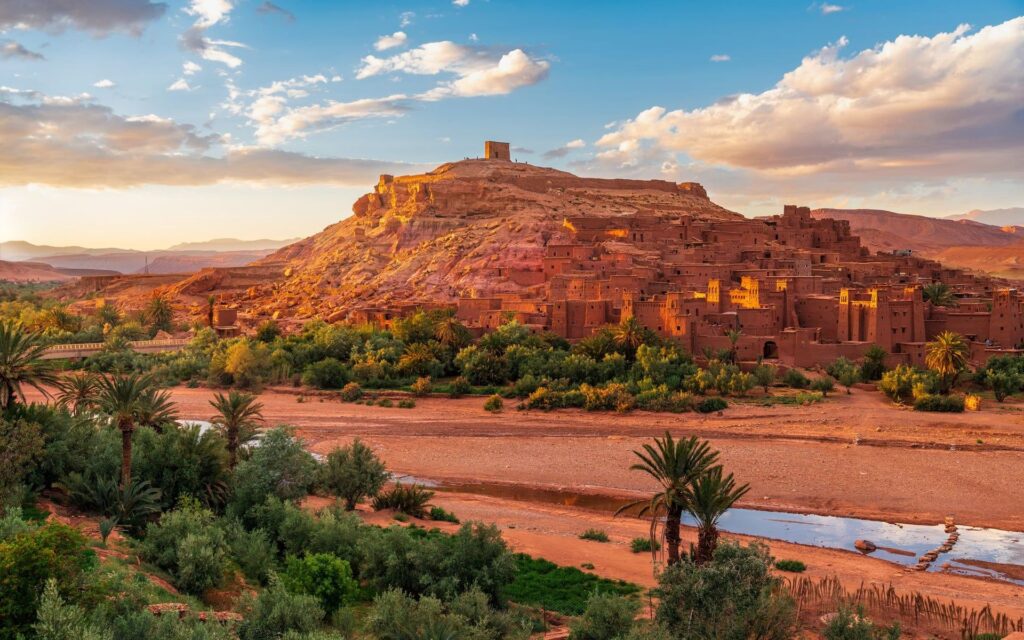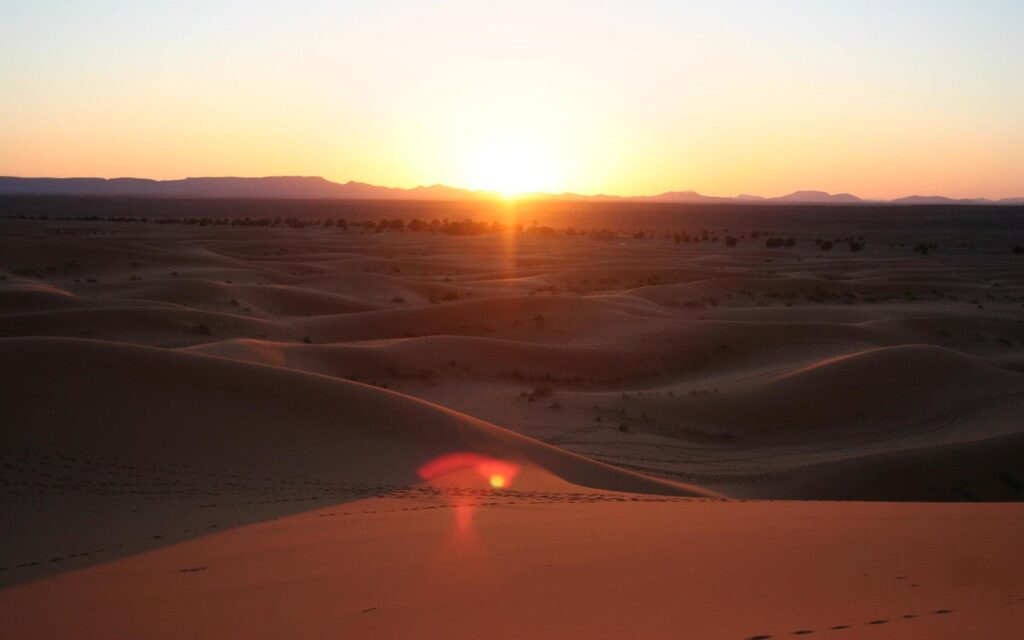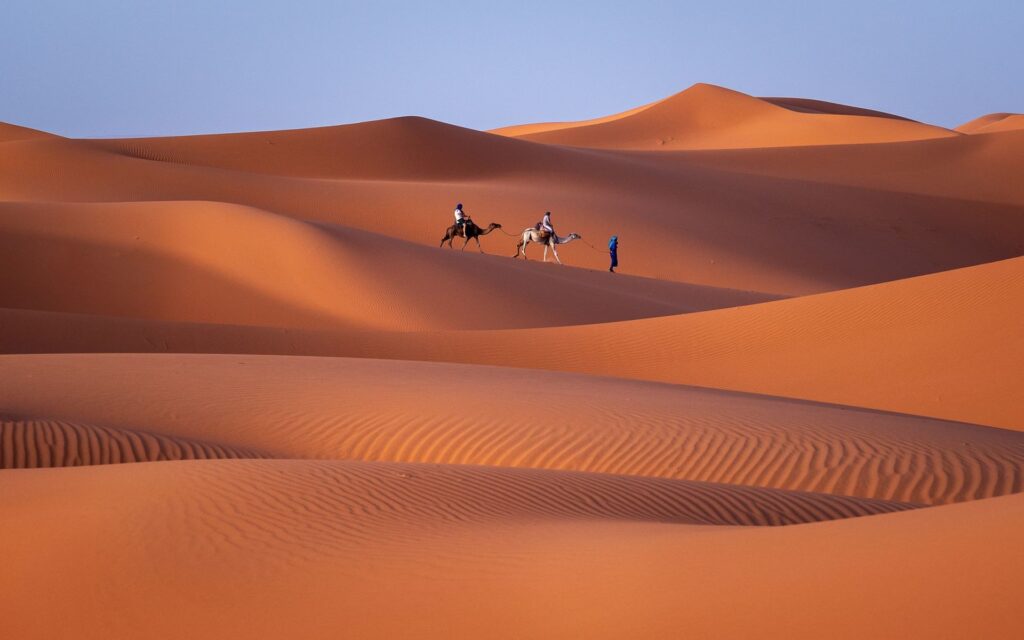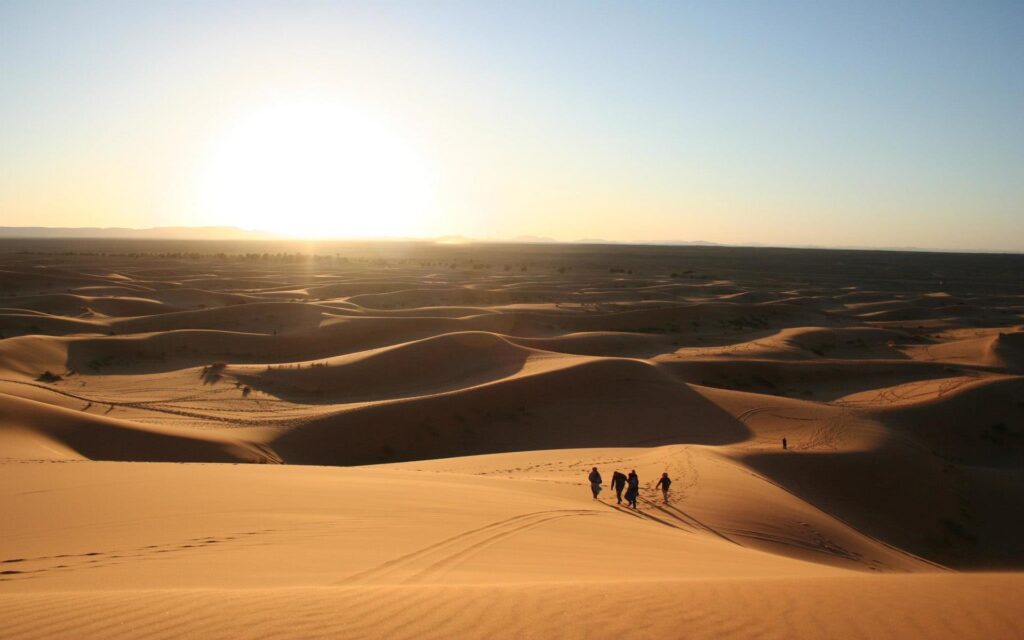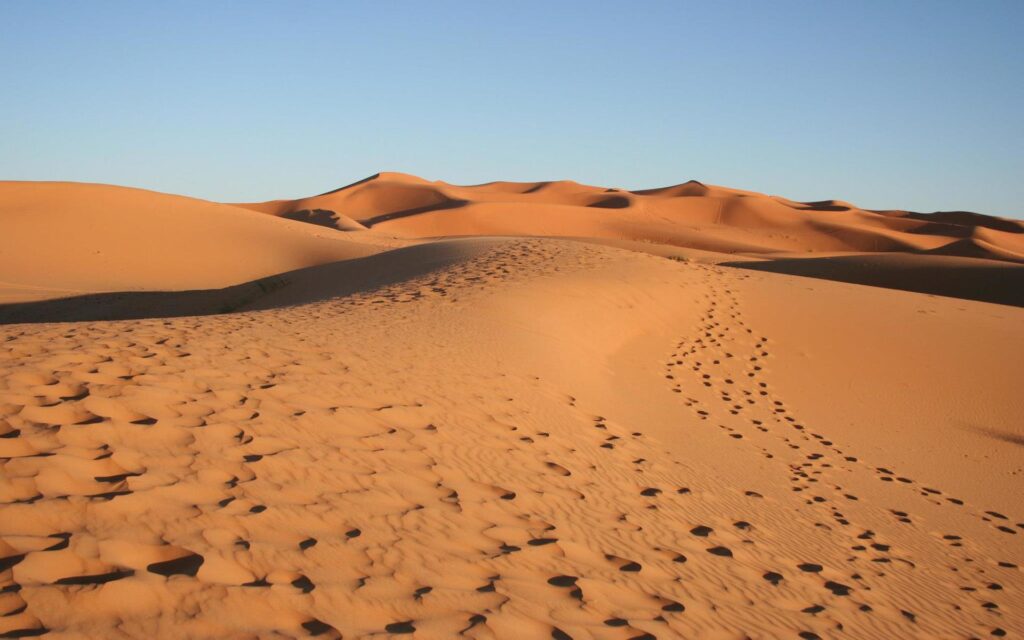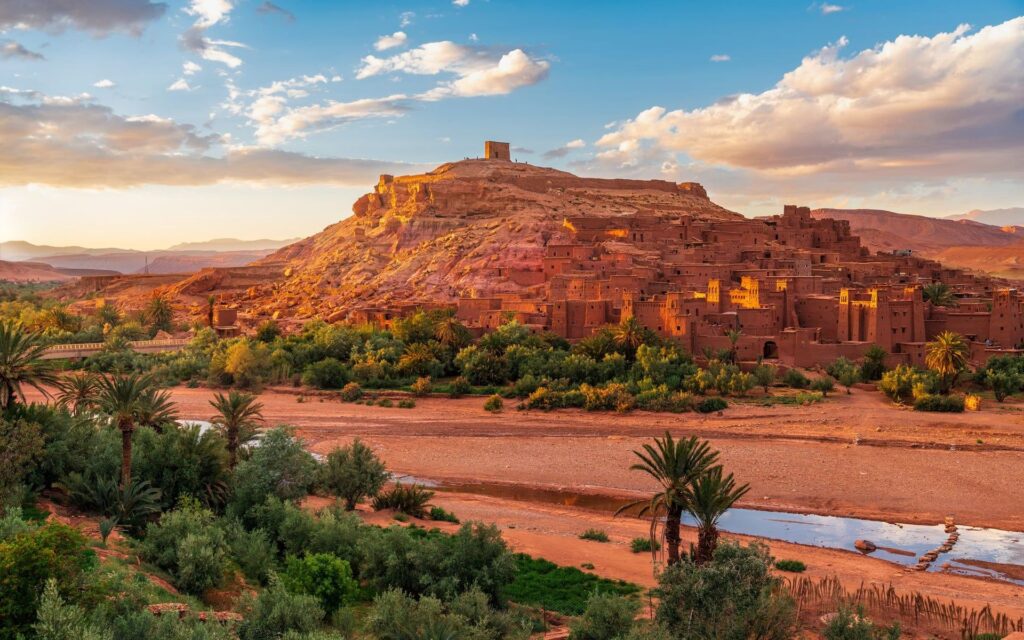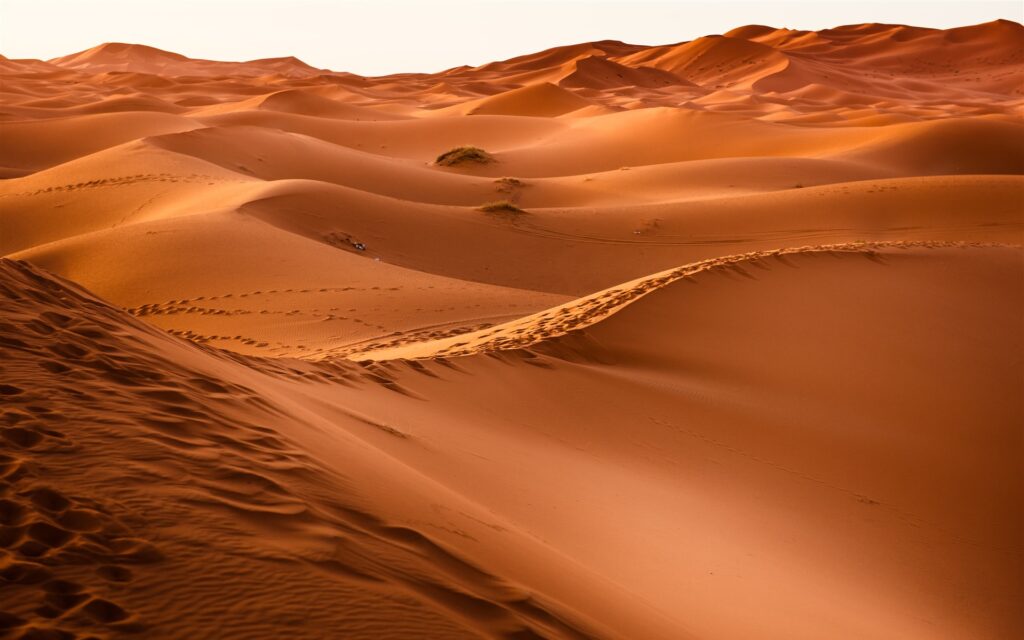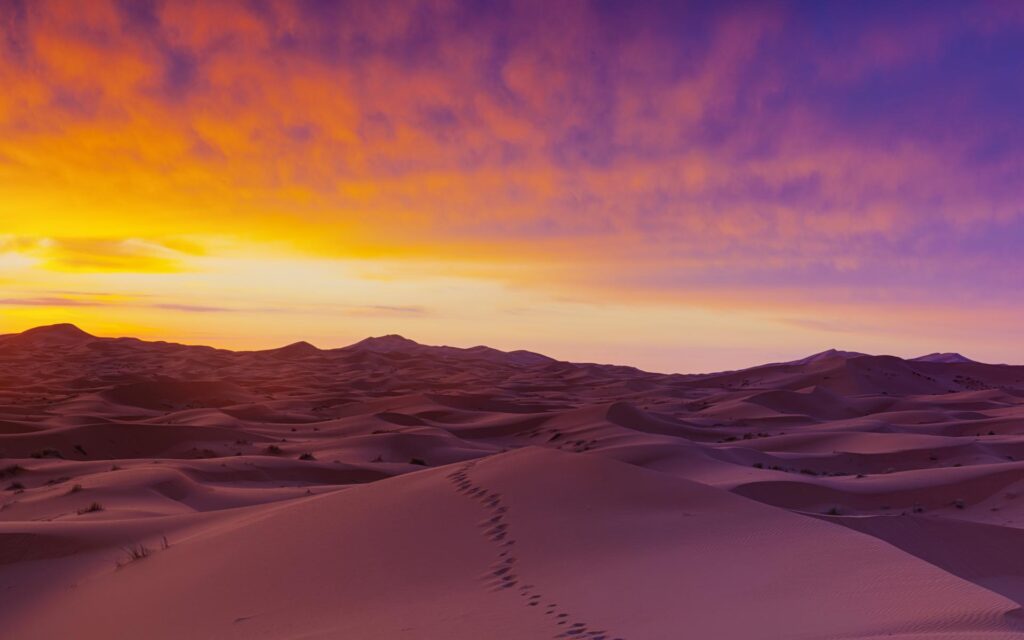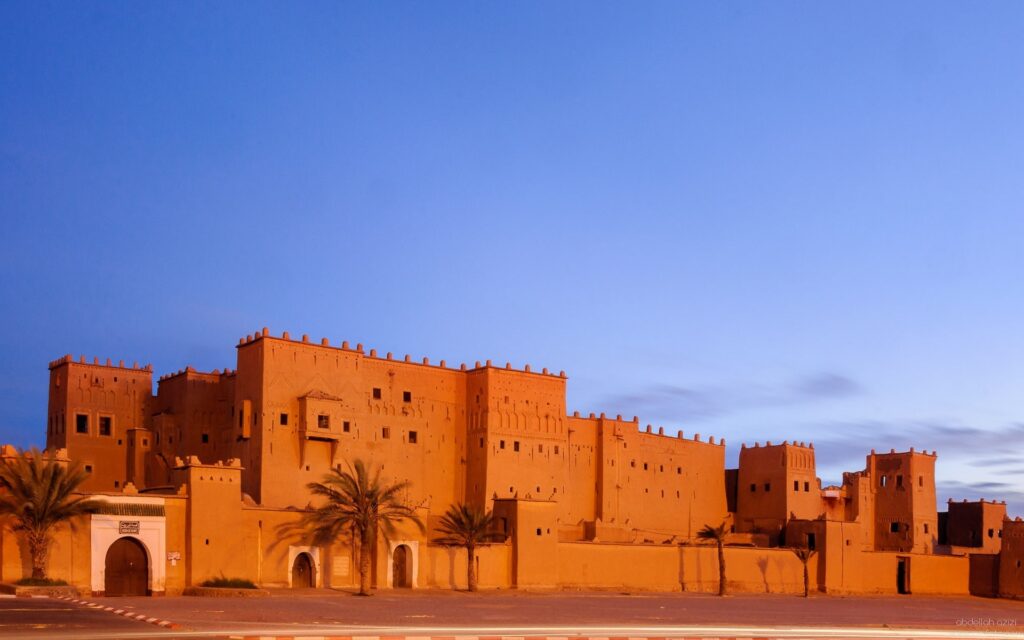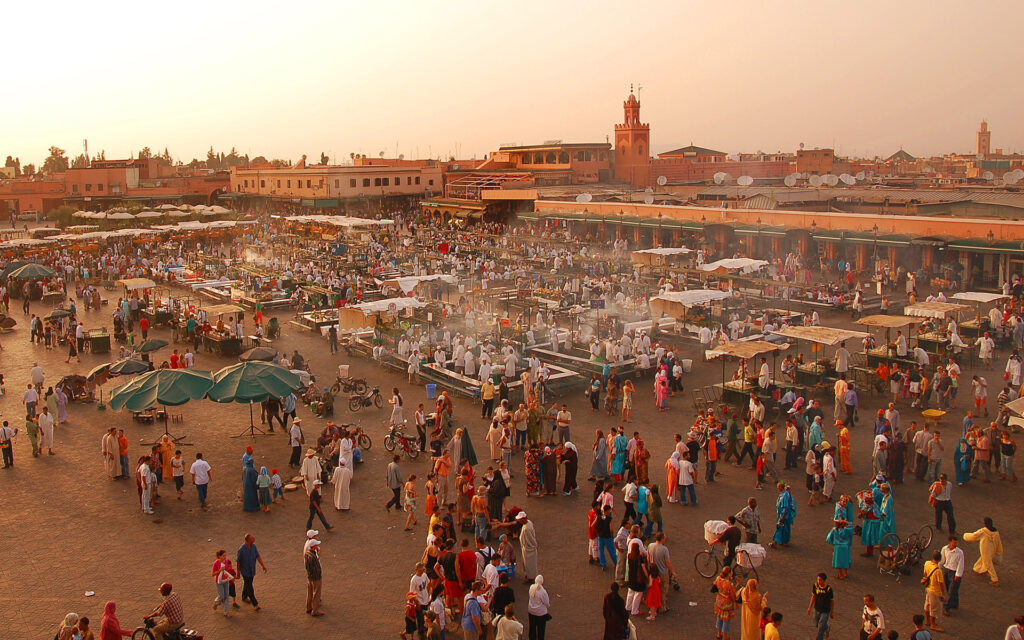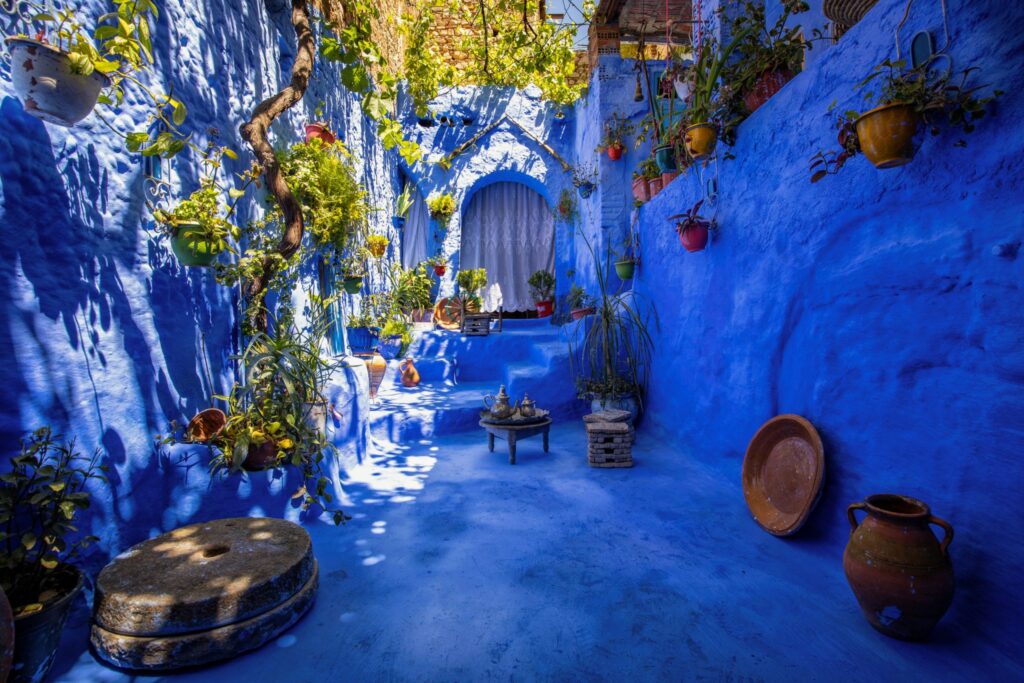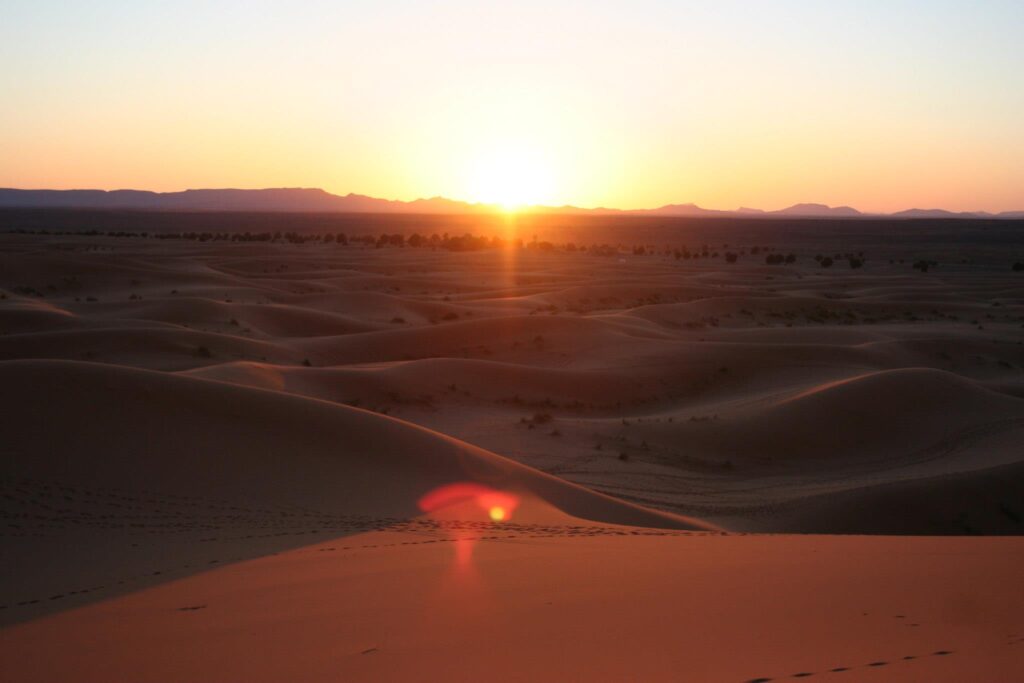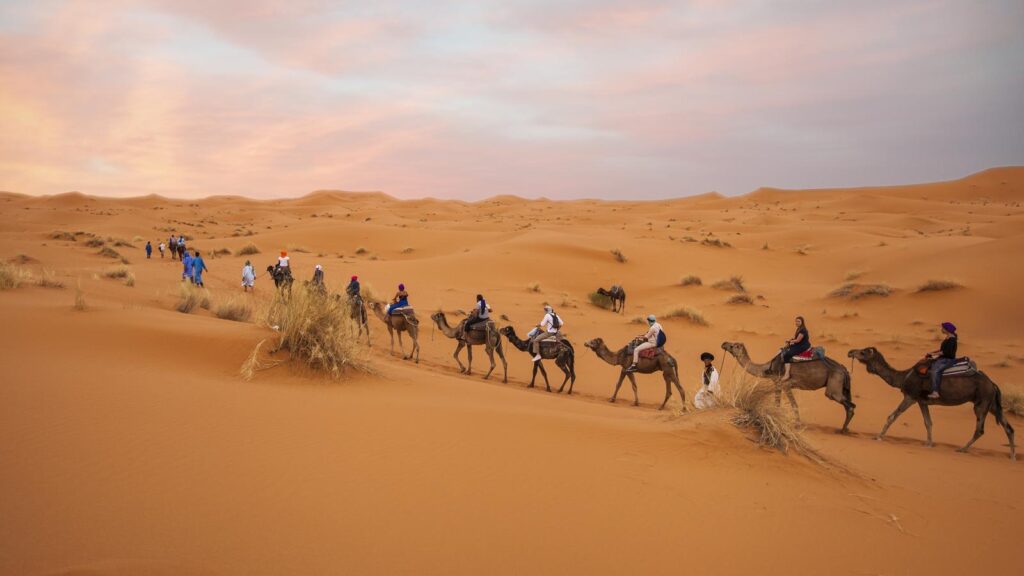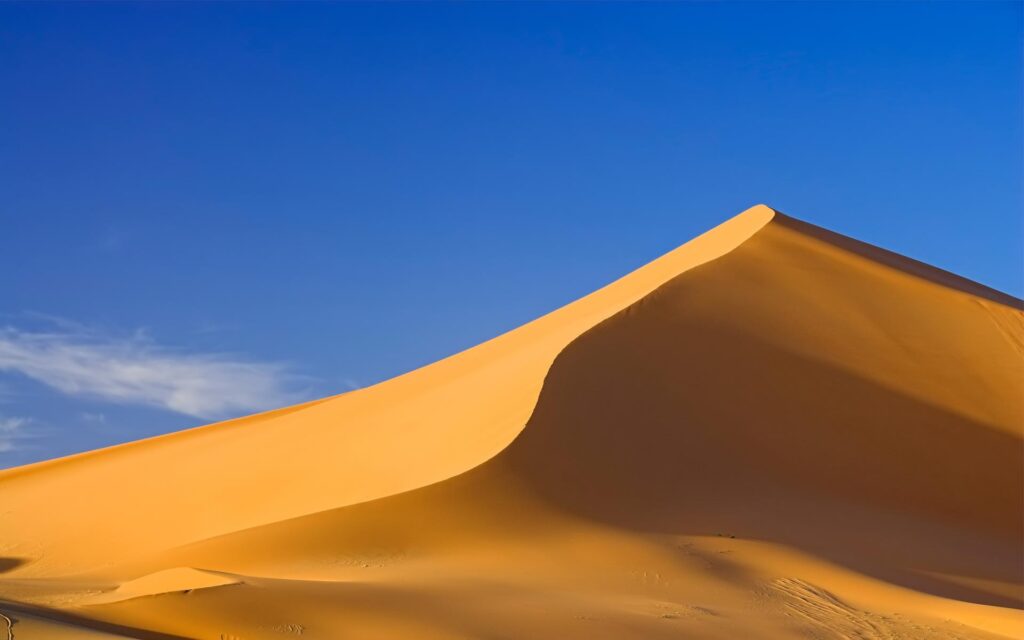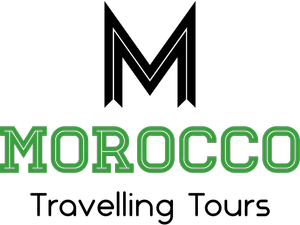Each country has its own history: historical facts, events and important milestones that gave the country its true historical value. The history of a country is one of the events considered worthy of remembrance, which perfectly applies to Morocco. With several dynasties that have succeeded one another over the years: the Idrisside dynasty, the Almoravid dynasty, the Almohad dynasty, the Merinid dynasty, the Saadian dynasty and the Alaouite dynasty, Morocco has gained international consideration as a multicultural country, with several types of heritage recognized as World Heritage by UNESCO. Morocco is one of the go-to destinations for discovery lovers, the most fascinated by nature, history, the art of living and Moroccan hospitality. The experience gained during their journeys in Morocco leave them pleasantly satisfied with their stay.
The kingdom of Morocco that is at the crossroad of Europe and Africa is an awe-inspiring country with its beautiful culture and interesting history. The country has a very strong sense of culture. Various rulers that ruled the country influenced the country’s cultural diversity.
The original inhabitants are, however, the Berber people. They were general big tribes with rules laid down by their leader and these rules would not even be the same for two Berber tribes.
Phoenicians and Roman Morocco
The Berber tribes were far removed from each other and this was one reason why Morocco was often invaded. In the 12th century B.C Phoenicians were the first invaders to the country who conquered most of the coastal regions easily.
The Carthaginians in turn defeated them later. They set up their trade routes and developed trade with the Berber tribes. By the 5th Century B.C they had extended their domination across most of North Africa. The Berber kings ruled in the shadow of the Carthage and Rome. In 2nd century B.C, the Romans attacked the country and captured all Carthage strongholds.
The Romans generally controlled their territories with alliances with the tribes. The Mauri or the Moors also ruled the region and the whole area were called as Mauretania. Christianity was also introduced in the second century and there were some converts in towns and Berber slaves and farmers.
There were schismatic and heretical movements and a substantial Jewish population also grew.
Islamic Morocco
The Arabs conquered this country in the 7th century and introduced their civilization. Islam found following and many Berbers also converted. They shaped Islam in their own image and embraced schismatic Muslim sects. During 741 – 1058 the region of Barghawata became the first Muslim country.
The region then overcame control of the Abbasid Caliphate in Baghdad under Idris Ibn Abdallah who founded the Idrisid Dyanasty. Morocco became a major center of learning. The 11th and 12th centuries saw the Berber dynasties growing and replacing the Arab Idrisids. These dynasties were led by religious reformers and were based on a tribal confederation that dominated the Maghrib for around 200 years.
The Saadi Dynasty ruled from 1511 to 1659 and the Alaouites have been the dynasty in power since the 17th century. Short but intense fights between the various tribes left the country instable for some years. However Ahmed I al Mansur was able to rule the country better and bring stability to the country.
This helped the country flourish and between 1579 and 1603, the Jews and Moors from Spain also settled down in the country. Each added to the culture and art of Morocco and you can glimpse it even now
European Influence
In 15th century the conflict between the Spanish and Portuguese found the Portuguese in control of the Port of Cueta. The Moroccans rose against them in 1578 and gained control of the port and also pushed them out of other coastal towns by 1700.
The Alaouite dynasty was able to maintain Morocco’s independence in the 18th and 19th centuries. However the first few years of the 20th century saw a rush of European powers and the French in particular furthering their interests in North Africa.
In 1904 the when France got recognition for its sphere of influence in Morocco there were strong reactions from the Germans. A resolution was reached in 1905 -01906 and France was entrusted policing of a major portion of Morocco along with Spain who were to be the protecting power over northern and southern Spain.
Under the protectorate Morocco remained a sovereign state but the Sultan was not the ruler though he reigned. Germany made an attempt to gain control in 1911 but war was averted and they were given some concessions.
Independence of Morocco
In 1950 the Sultan of Morocco requested for independence and when Sultan Mohammed became king in 1957 it wasn’t long after that when Spain relinquished it hold. In 1974 King Hassan undertook a campaign to claim control over the Sahara, which was owned by Spain.
With his persistent efforts and tough negotiations the split was done as Morocco, Spain and Mauritania. In 1978 Polisario front succeeded in forcing the Mauritania out of Sahara and to this day the area is a disputed territory though a referendum organized by the UN was generally agreed upon.
On July 23, 1999 King Hassan died concluding his monarchy in modern history of a total of 38 years. His son Crown Prince Mohammed ascended the throne in July 1999 after his death.
He is known for his modern views and his taking great efforts to bring about change in Morocco and lead the country to greater heights.
